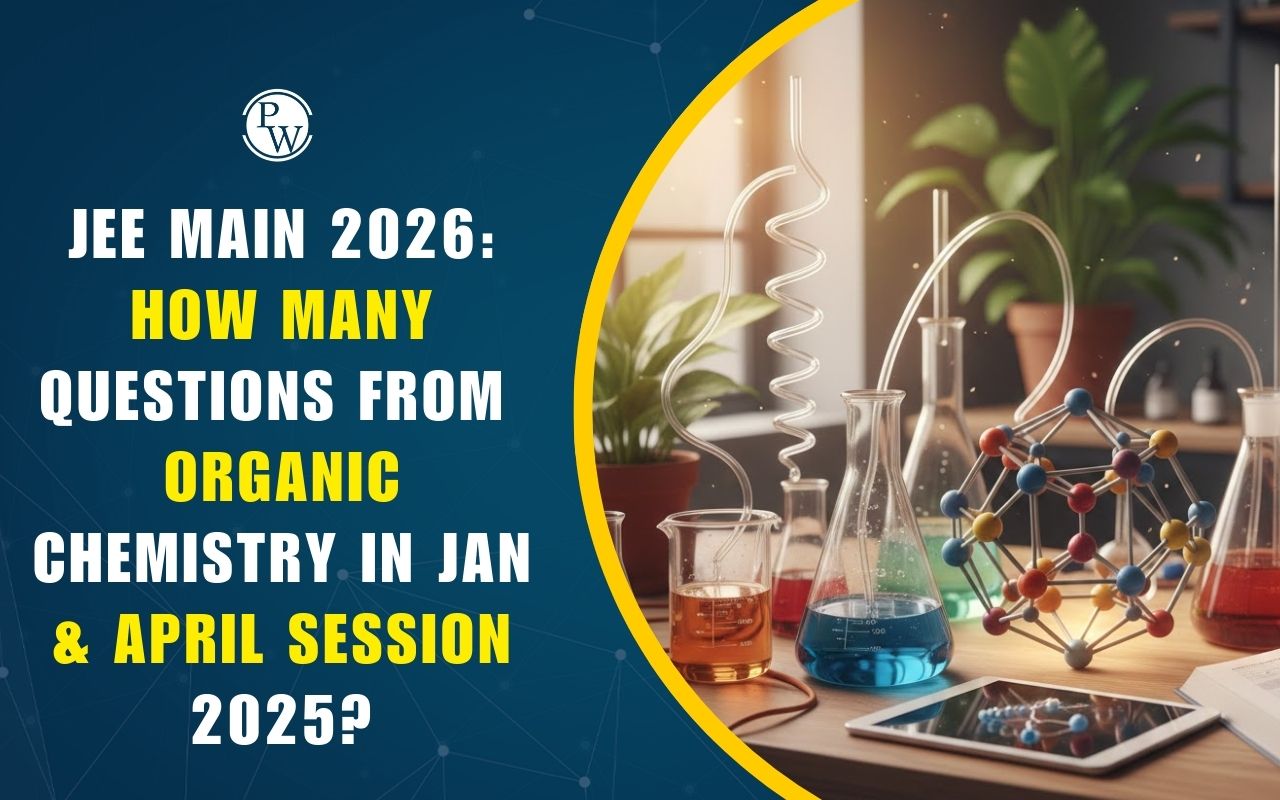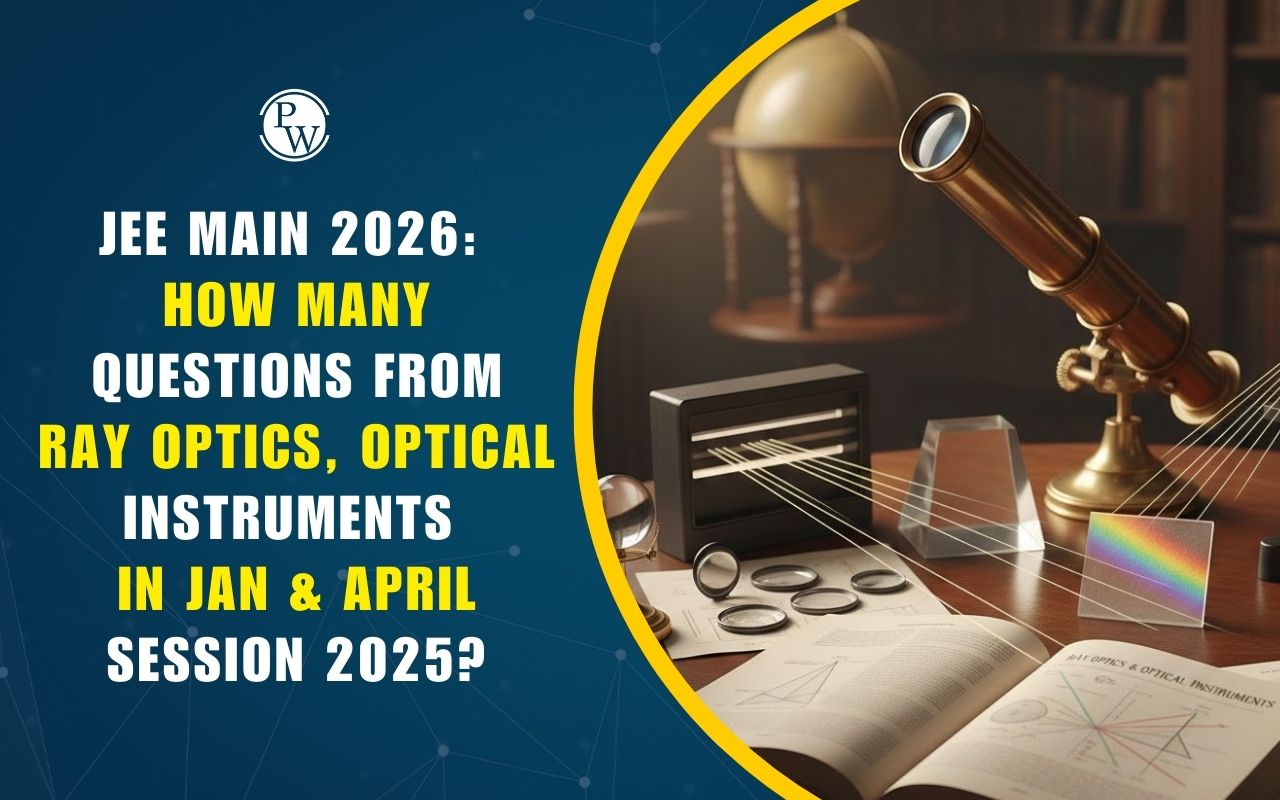
Alcohol : It's unknown exactly when humans started making fermented drinks. The earliest known evidence dates to 7,000 BCE in China, where findings from clay pot residue indicate that people were fermenting rice, millet, grapes, and honey to make an alcoholic beverage.
One of the most prevalent types of organic compounds is alcohol. Alcoholic compounds contain one or more hydroxyl (-OH) groups that are directly bonded to a carbon chain. Free alcohols are not common in nature; instead, they are primarily present in the essential or volatile oils that are taken from different plants' leaves, flowers, and stems.
They're among the most widely produced organic chemicals in industry, used as sweeteners and in perfumery. They're also useful as synthesis intermediates. They can be created from and changed into an even greater variety of other compounds, such as alkenes, alkyl halides, ketones, esters, and aldehydes.
Chemical structure of alcohol
The organic compounds known as alcohols have a hydroxyl (-OH) group bonded to a saturated carbon atom. Alcohol’s functional group, the -OH group, is responsible for defining their distinctive characteristics.
Their general formula is R-OH, in which R stands for an alkyl or a substituted alkyl group. The various alkyl group structures have an impact on the reaction's rate.
E.g. Carbon and oxygen, for instance, are both sp 3 hybridized in methanol. O-H bonds are created when the sp 3 hybrid orbitals of hydrogen and oxygen overlap, while the sp 3 hybrid orbitals of carbon and oxygen overlap to form the C-O bond. Bonding is not possible between two fully occupied oxygen sp 3 orbitals.
Structure of methyl alcohol
Alcohol can be thought of as organic derivatives of water (H 2 O) where an alkyl group, usually denoted by R in organic structures, has taken the place of one hydrogen atom. For instance, the alkyl group in ethanol, also known as ethyl alcohol, is the ethyl group, or CH 2 CH 3 .
An alcohol, like water, can be represented by an sp 3 hybridized tetrahedral oxygen atom with nonbonding pairs of electrons occupying two of the four sp 3 hybrid orbitals. Because alkyl groups are generally bulkier than hydrogen atoms, the ROH bond angle in alcohols is greater than the 104.5° HOH bond angle in water. The 108.9° bond angle in methanol, for example, demonstrates the effect of the methyl group, which is larger than the hydrogen atom in water.
formula of monohydric alcohol
General formula of monohydric alcohol: C n H 2n+1 OH|
Formula |
Name |
| CH 3 OH |
Methanol |
| CH 3 CH 2 OH |
Ethanol |
| CH 3 (CH 2 ) 2 OH |
Propanol |
| CH 3 (CH 2 ) 3 OH |
Butanol |
| CH 3 (CH 2 ) 4 OH |
Pentanol |
| CH 3 (CH 2 ) 5 OH |
Hexanol |
| CH 3 (CH 2 ) 6 OH |
Heptanol |
| CH 3 (CH 2 ) 7 OH |
Octanol |
| CH 3 (CH 2 ) 9 OH |
decanol |
Classifications of Alcohols
These organic compounds in chemistry are classified based on the number of functional or alcoholic groups.
- Monohydric alcohol
- Dihydric alcohol
- Trihydric alcohol
- polyhydric alcohol
However, other types of alcohol classification are given based on the attached alcoholic group to aromatic or aliphatic compounds or hydrocarbons.
Monohydric Alcohol
Monohydric Alcohol : Depending on whether the -OH is present on the primary, secondary, or tertiary carbon, monohydric alcohols are classified as primary (1 0 ), secondary (2 0 ), or tertiary (3 0 ).
Polyhydric Alcohol
Polyhydric Alcohol : Two or three alcoholic or hydroxyl groups are present in dihydric and trihydric alcohol. However, polyhydric alcohols are alcohols that contain, four or more alcoholic groups. Examples of such alcohol include,
CH 2 OHCH 2 OH CH 2 OHCHOHCH 2 OH CH 2 OH(CHOH) 4 CH 2 OH
Glycol Glycerol Sorbitol
Aromatic Alcohol
Aromatic Alcohol : Aromatic alcohols are organic compounds that have an alcoholic or hydroxyl group in a side chain or directly attached to the hydrocarbon. It could be considered an aryl derivative of aliphatic alcohols.
Types of aromatic alcohol
Aromatic alcohols are further subdivided into monohydric, dihydric, trihydric, and polyhydric phenols based on the hydroxyl group attached to the benzene ring. Examples of this type of alcohol include,
- Phenol
- Catechol (o-dihydroxy benzene)
- Resorcinol (m-dihydroxy benzene)
- Quinol (p-dihydroxy benzene)
Uses of Alcohols
-
Paints, varnishes, shellac, celluloid, and cement plants all use alcohol as a solvent.
-
Alcohol is used in the production of dyes, antibiotics, drugs, perfumes, and other products.
-
Alcohol is an organic chemical compound that is commercially important. They are mostly found in alcoholic beverages such as wine and vodka.
-
Ethanol is used as an alternative fuel for automobiles or in the production of energy (renewable energy).
-
When ethanol is combined with trace amounts of methanol, methylated spirit is formed. It is used to make antifreeze mixture for automobiles and to remove ink from various surfaces.
Chemical Properties of Alcohol
Chemical Properties of Alcohol : Alcohols fall into one of three categories: primary, secondary, or tertiary, depending on how tightly the carbon of the alkyl group is bound to the hydroxyl group. The great majority of alcohols are colorless liquids or solids at room temperature. Low molecular weight alcohols are very soluble in water; as the molecular weight of the alcohol increases, its solubility in water decreases, leading to an increase in the alcohol's boiling temperatures, vapor pressures, densities, and viscosities.
Any organic compound's chemical characteristics are mostly determined by the functional group that is bonded to it. The majority of an alcohol's chemical characteristics are determined by its hydroxyl group (---OH). ---OH, derivatives exhibit the following kinds of reactions:
-
Reactions involving the cleavage of the oxygen-hydrogen bond (R−O---H).
-
Reactions involving the cleavage of the carbon-hydroxyl bond (C----OH).
-
Dehydration of Alcohols
-
Oxidation/Dehydrogenation of Alcohols
-
Miscellaneous reactions of Alcohols
The cleavage of O−H bond
The cleavage of O−H bond : Alcohol readily releases protons (the H + ion attached to the oxygen atom).
Acidic character: Due to the electronegativity difference of Oxygen and hydrogen, the O—H bond is polar in nature due to which alcohol shows acidic character. Alcohol has pK a values typically between 15 – 20, making them very weak Bronsted acids. Proton transfer is the most significant reaction with nucleophiles to take into account since the hydroxyl proton is the most electrophilic site.
Reactions showing acidic character of alcohol:
2CH 3 – OH + 2Na → 2CH 3 O – Na + + H 2
Acidity order of alcohols: Alkyl groups being electron donating in nature increase the +I-effect. Hence, +I-effect in alcohols follows the order.
Reaction with metals: Alcohols react with Li, Na, K, and other active metals to liberate hydrogen gas and form metal alkoxide. Since +I-effect reduces the acidity of compounds. Acidity of alcohols follows the order: primary > secondary > tertiary.
R–O–H + M →
Metal alkoxide
2R–O–H + 2Na → 2R–O–Na + H 2
Sodium alkoxide
Esterification
Esterification : A compound is produced when primary alcohol is treated with a carboxylic acid in the presence of sulfuric acid. This compound smells sweet. The resultant substance is known as an ester. The chemical reaction that occurs during the formation of the ester is known as an esterification reaction.
Mechanism
cleavage of the carbon-hydroxyl bond (C----OH)
The cleavage of the carbon-hydroxyl bond (C----OH): A variety of reactions involving the cleavage of carbon-hydroxyl bonds occur in alcohols.
R–OH + HX
R – X
R–OH + PX 3 → R–X (X = Br, Cl, I)
R–OH + PCl 5 → R– Cl
R–OH + PCl 5 → R–Cl
R–OH + HBr + H 2 SO 4 → R–Br
R–OH + HI → R–I
R–OH + SOCl 2 → R–Cl
Dehydration of alcohols : Alcohols react with conc. H 2 SO 4 to form different products under different conditions. Reactivity of alcohol. (Ease of dehydration) 3° > 2° > 1° product formation always takes place by saytzeff rule.
At 413 K: Ethers are formed :
2CH
3
CH
2
OH
CH
3
CH
2
OCH
2
CH
3
+ H
2
O
At 413 K: Alkenes are formed :
CH
3
CH
2
OH
CH
2
=CH
2
+ H
2
O
Reaction of alcohols
Reaction of alcohols with heated alumina : When heated alumina is exposed to alcohol vapors, distinct products are produced.
At 513-523 K: Ethers are formed :
2CH
3
CH
2
OH
CH
2
=CH
2
+ H
2
O
At 623 K: Alkenes are formed :
Oxidation/Dehydrogenation of Alcohols
Oxidation/Dehydrogenation of Alcohols: The oxygen atom of an alcohol and the carbon atom attached to the oxygen each lose a hydrogen atom during oxidation to form a carbon-oxygen double bond.
Oxidation of primary alcohols : Primary alcohols are oxidized first to aldehydes, then to carboxylic acids.
RCH
2
OH
RCHO
RCOOH
PCC (pyridinium chlorochromate) or Collin's reagents (CrO 3 .C 5 H 5 N, chromium trioxide pyridine) are mild oxidizing agents so these are used to give aldehydes only as a product.
RCH
2
OH
RCHO
Oxidation of secondary alcohols
Oxidation of secondary alcohols : Under drastic conditions, secondary alcohols can oxidize to form carboxylic acid, which has fewer carbon atoms than the original alcohol. Secondary alcohols can be converted to ketones easily using mild oxidizing agents PCC or CrO 3 .
Oxidation of tertiary alcohol
Oxidation of tertiary alcohol: When acidified K 2 Cr 2 O 7 or acidified KMnO 4 reacts with tertiary alcohols, a mixture of a ketone and a carboxylic acid is formed, each with fewer carbon atoms than the original alcohols.
Dehydrogenation of alcohols
Dehydrogenation of alcohols with Cu: Alcohol vapors react with heated copper at 573 K to produce various products depending on whether the alcohol is primary, secondary, or tertiary.
Reaction of primary alcohols with Cu:
RCH
2
OH
RCHO
Reaction of secondary alcohols with Cu:
Reaction of tertiary alcohols with Cu:
Alcohols Chemical Tests
Distinguishing 1 o , 2 o , 3 o alcohol
|
Test |
1 o alc |
2 o alc |
3 o alc |
| (I) Lucas test [ZnCl 2 + HCl] | No reaction at room temperature |
White turbidity after 5 – 10 min.
|
Whlle turbidity instantaneously
|
| (II) Victor Meyer test (P/I 2 , AgNO 2 , HNO 2 , NaOH) |
Red Colour
|
Blue Colour
|
Colourless
|
Classification of alcohols FAQs
Q.1: What is the IUPAC name of ethyl alcohol?
Q.2: What type of alcohol Sorbitol is?
Q.3 : Does alcohol form hydrogen bonding?
Q.4: In paint and varnishes alcohol is used as?










